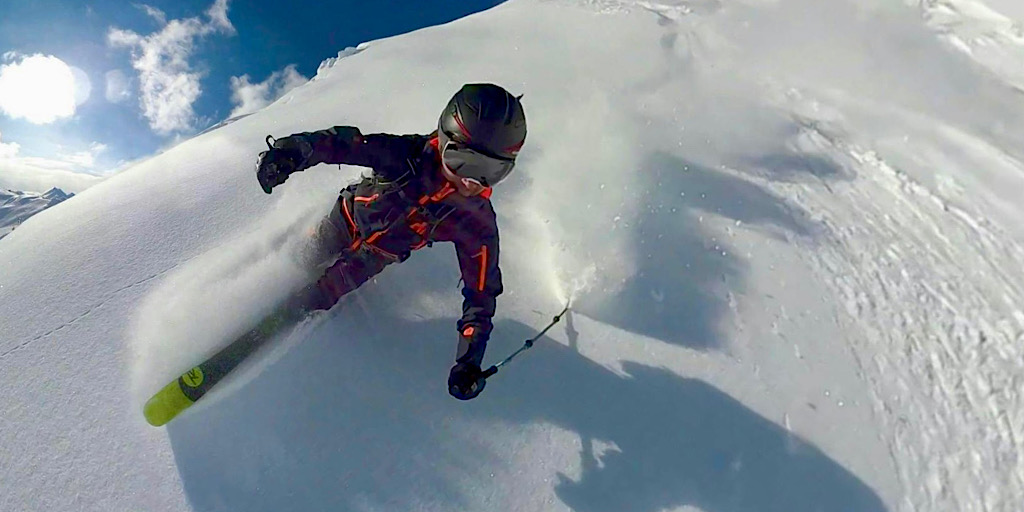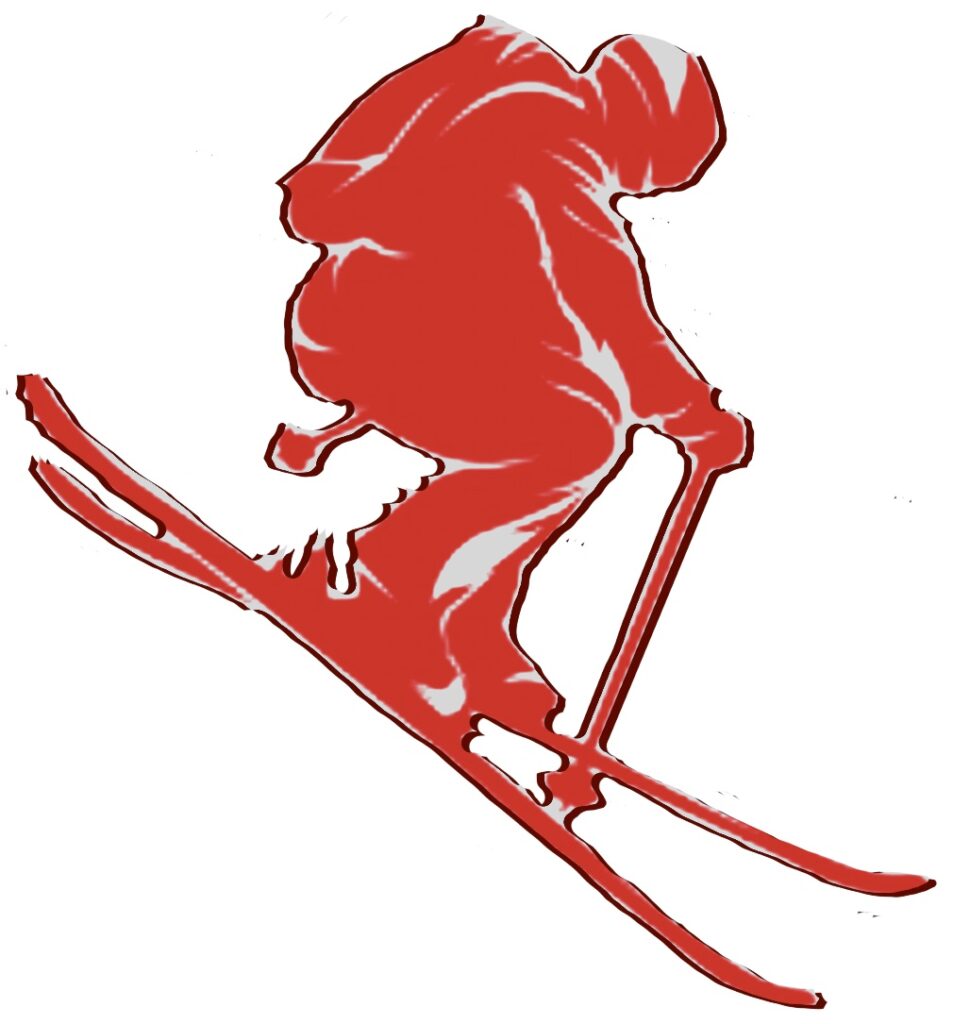
Are you ready to ski in the backcountry this spring? Mother Nature has been signaling to us that the time is here. New snow in the mountains as of late is being measured in feet. So, if you’re sitting at home right now, the brown grass starting to green up, it may be a mental challenge to get into ski mode, but in the gullies and ravines the best time is upon us and should last through the month of April.
To be crystal clear, it’s not a “safe” time of year. There are still plenty of dangers in the mountains but they will be transformed. Avalanche hazards may become rock- or ice-fall hazards. Snow bridges will become snow bridge collapses and chasms will appear. But this sort of thing is all par for the course. The trick is to be aware of the dangers so they can be avoided and you can have an awesome day.
Equipment & Gear Checklist
- ▢ Regular Mountain Gear
- You will want a pack containing all you will need as a person, and layers, food, water, light, etc. The pack should big enough to contain the items needed, and it should also feature a hip belt and sternum strap. This sort of gear may be rented from us.
- ▢ Regular Ski Gear
- You will need skis, poles, boots, bindings, and a proper ski helmet. If it’s your first time, this is the minimum gear list you can get away with, and do note you will have to carry all of it up the mountain. This sort of gear may be rented locally.
- ▢ Backcoutnry Ski Gear
- You do not need to invest in expensive alpine touring gear or a split board to get into this. No special bindings or boots are needed to get the job done (see above). Not yet anyway. You will want these things — touring skis, touring bindings, touring boots, climbing skins, and telescoping poles if you stick with it because these items make the experience more fun, less work, more efficient, and safer. This sort of gear may also be rented locally.
- ▢ Ski Safety Gear
- Speaking of safer, there are other items you will want to bring with you once you’ve adopted this sport (allowing you to go further and higher. Namely you will want an avalanche beacon, probe, and shovel. You will also start to want/need items like boot- and ski-crampons, and an ice axe or whippet. This sort of gear may also be rented from us.
Skills & Knowledge Checklist
- ▢ Skiing Skills Needed
- As a minimum you need to be able to ski front-country blue squares very well before venturing into any backcountry terrain. Fortunately most front country ski areas will have well-maintained glades and some terrain that you can practice in. Once you’re very confident there and you can handle black diamond-rated slopes in full control, it’s time to ventured forth. But do note, you do not need to go the tops of the backcountry ski lines you want to try to get a thrill, and starting from the bottom gives us control over this. Go as high up as you feel comfortable, then ski it back down safely.
- ▢ Ascent Skills Needed
- Using climbing skins on touring skis is super efficient, almost like having a mechanical advantage. As noted, this equipment is not required just to ski the backcountry but once you’re into it, though, skinning is the way to go. Having an understanding of them is needed for best results. Skis with skins are not to be used like snowshoes — though many skiers get this all wrong as they clip-clop around. Executing front- and rear-facing switchbacks on steep slopes, or using ski crampons.
- ▢ Other Skills Needed
- Added to a high skiing proficiency, the understanding of avalanches, at least on an awareness-level is very necessary. So much so that your initial forays into the backcountry should be guided or at least with a group or experienced friends you can trust. You will also want to know how to use boot crampons and how to complete a self arrest with an ice axe or whippet and other mountaineering skills.
DOWNLOAD & PRINT: Get this checklist as a downloadable/printable PDF.
Ready to give it a try? Book now to request a private or group touring intro course or backcountry ski adventure.

